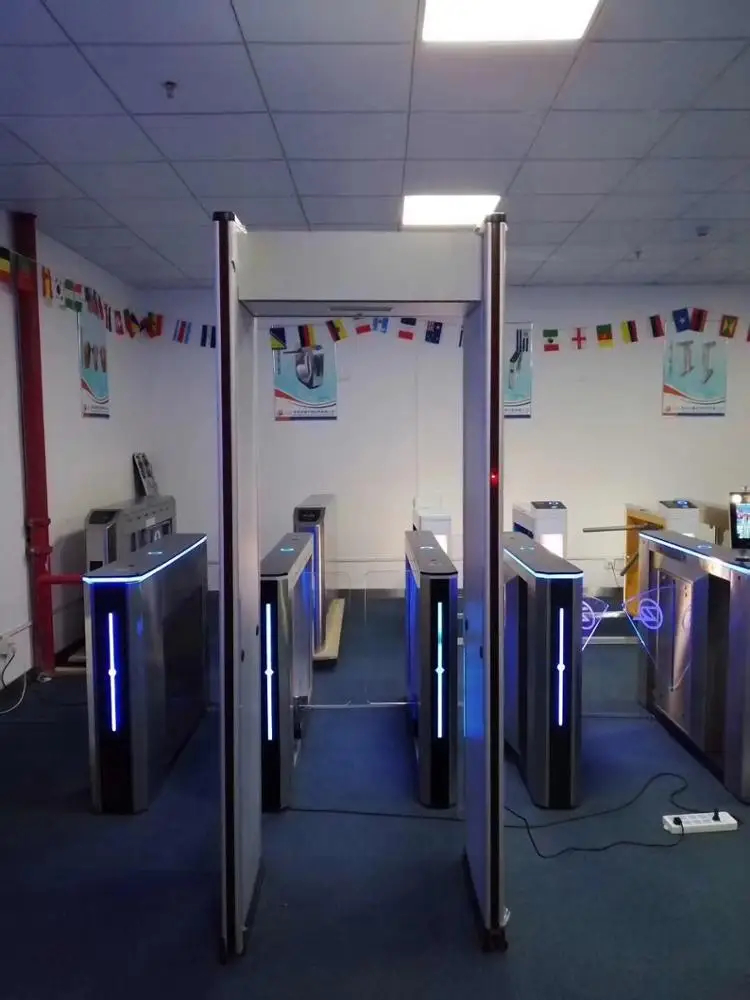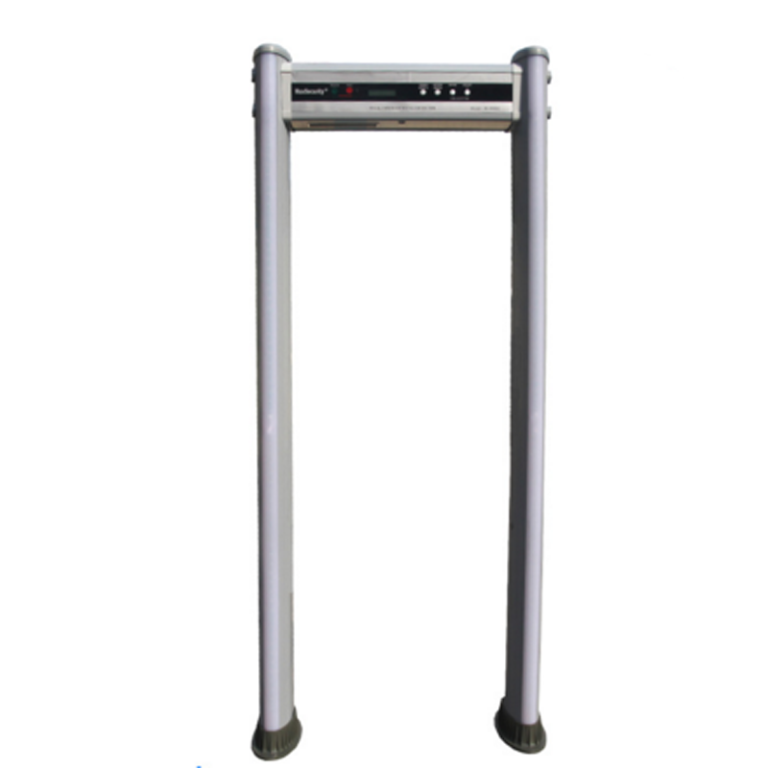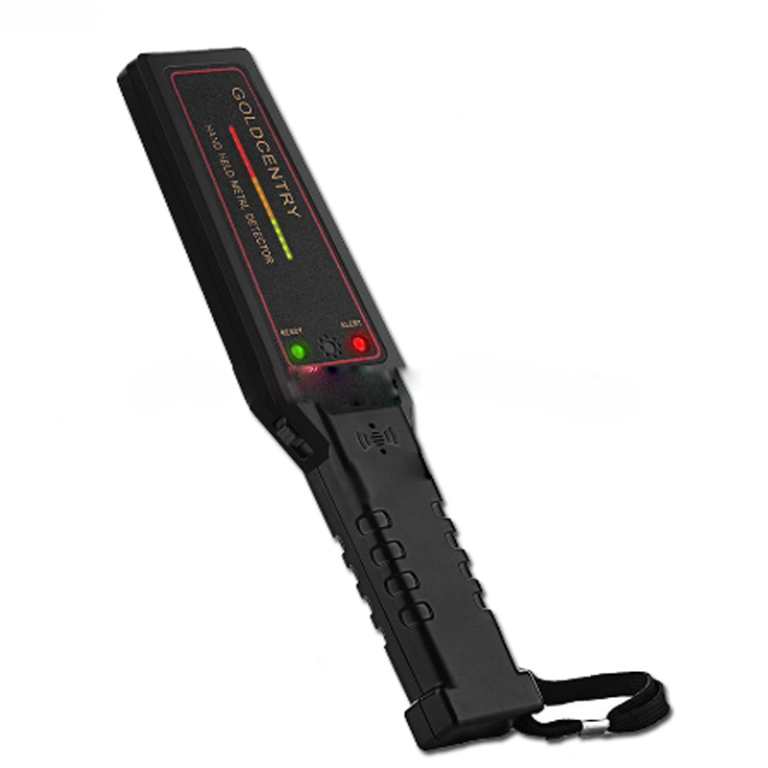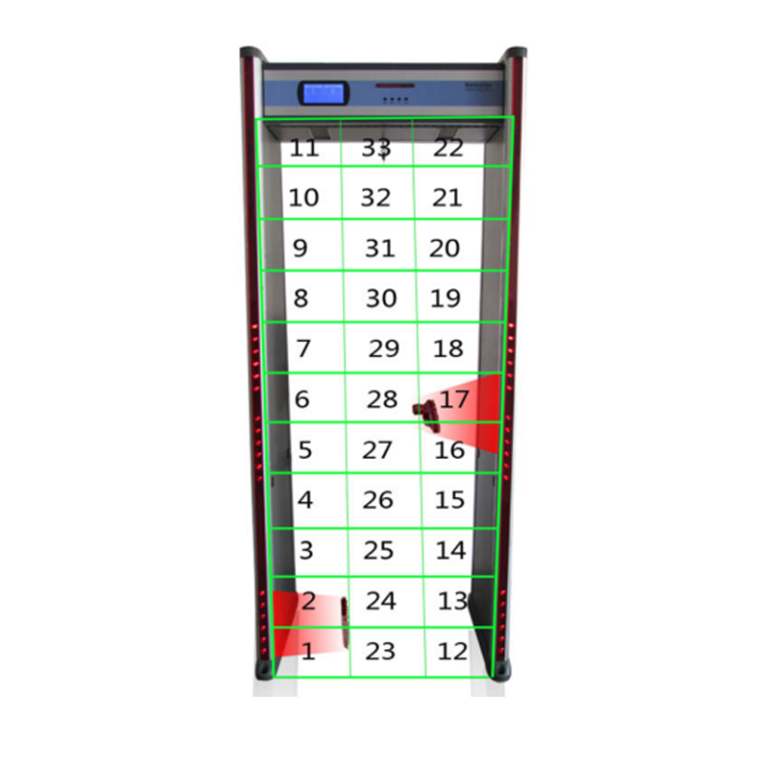Table of Contents
Exploring the Intersection of Art and Science in Industrial Metal Detection
Industrial metal detection is a fascinating field that seamlessly blends the realms of art and science. This unique intersection is a testament to the ingenuity of human innovation, where the aesthetic appeal of metal objects is matched by the scientific prowess required to detect them. The art and science of industrial metal detection are not mutually exclusive; instead, they complement each other, creating a harmonious synergy that enhances the overall experience.
The science of industrial metal detection is rooted in the principles of electromagnetism. Metal detectors generate an electromagnetic field, which is disrupted when it comes into contact with a metallic object. This disruption is then translated into an audible or visual signal, alerting the operator to the presence of metal. The sophistication of this technology is a testament to the scientific advancements that have been made in this field.
However, the science of metal detection is not solely about the technology. It also involves understanding the properties of different metals, such as their conductivity and magnetic permeability. This knowledge allows operators to fine-tune their detectors to find specific types of metal, enhancing the efficiency and effectiveness of their searches.
On the other hand, the art of industrial metal detection is less tangible but equally important. It involves the skill and intuition developed by operators over time. The ability to interpret the signals from a metal detector, to distinguish between false positives and genuine finds, is an art form in itself. It requires a keen sense of observation and a deep understanding of the nuances of the equipment.
Moreover, the artistry extends beyond the operation of the detector. The design and manufacture of metal detectors also involve a high degree of creativity and craftsmanship. From the ergonomic design of the handles to the aesthetic appeal of the control panels, every aspect of a metal detector is carefully crafted to provide a pleasing and efficient user experience.
The art and science of industrial metal detection also intersect in the realm of archaeology. Here, metal detectors are used to uncover historical artifacts, providing valuable insights into past civilizations. The scientific precision of the detectors is matched by the artistic interpretation of the archaeologists, who piece together the fragments of history to create a coherent narrative.
In conclusion, the art and science of industrial metal detection are two sides of the same coin. The scientific principles underpinning the technology provide the foundation, while the artistry enhances the user experience and the interpretation of the results. This unique blend of art and science is what makes industrial metal detection such a fascinating field. It is a testament to human ingenuity, demonstrating how we can harness the power of science to create tools that not only serve a practical purpose but also stimulate our artistic sensibilities.
The Evolution and Advancements in Industrial Metal Detection: A Blend of Art and Science
The art and science of industrial metal detection have evolved significantly over the years, transforming from a simple process to a complex blend of technology and innovation. This evolution has been driven by the need for increased efficiency, accuracy, and safety in various industries, including food processing, pharmaceuticals, mining, and security. The advancements in industrial metal detection are a testament to the ingenuity and creativity of scientists and engineers who have continually pushed the boundaries of what is possible.
The journey of industrial metal detection began in the late 19th century with the invention of the metal detector by Alexander Graham Bell. This rudimentary device was designed to locate metal objects, such as bullets, within the human body. Over time, the technology was refined and adapted for different industrial applications. The early 20th century saw the introduction of handheld metal detectors, which were used primarily in mining and construction. These devices were capable of detecting metal objects buried deep within the ground, thereby increasing the efficiency and safety of these industries.
The mid-20th century marked a significant turning point in the evolution of industrial metal detection. The advent of digital technology led to the development of more sophisticated and accurate metal detectors. These devices incorporated advanced features such as discrimination, which allowed them to distinguish between different types of metals. This was a major breakthrough, as it enabled industries to detect and remove specific unwanted metals from their products or processes.
In recent years, the art and science of industrial metal detection have been further enhanced by the integration of artificial intelligence (AI) and machine learning. These technologies have revolutionized the field by enabling metal detectors to learn and adapt to different environments and conditions. For instance, modern metal detectors can be programmed to ignore certain types of metals that are commonly found in a particular environment, thereby reducing false alarms and increasing detection accuracy.
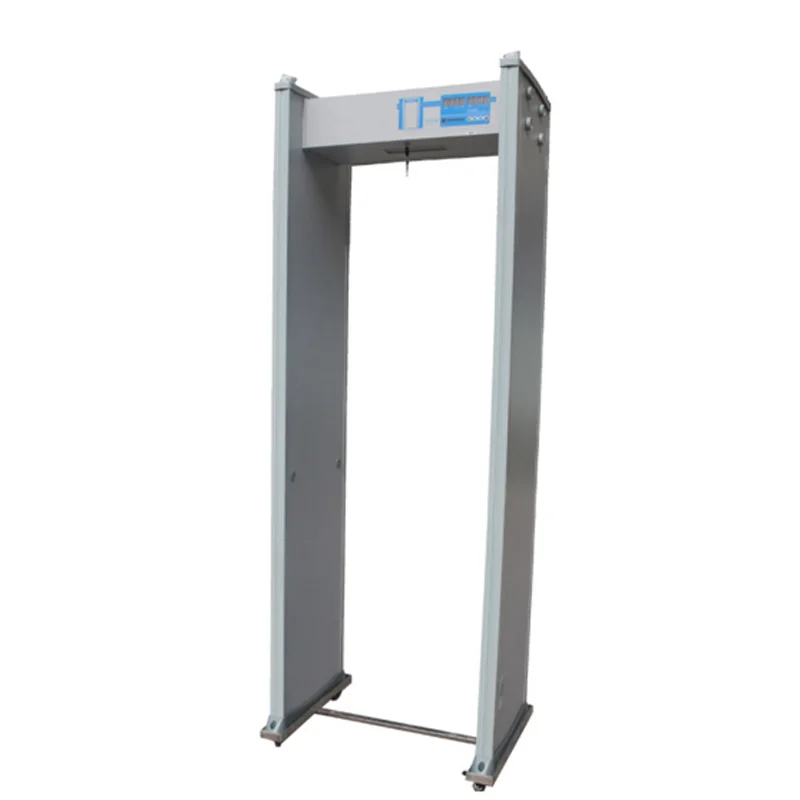
Moreover, the advent of 3D imaging technology has taken industrial metal detection to new heights. This technology allows metal detectors to create a three-dimensional image of the area being scanned, providing a more detailed and accurate representation of the location and size of the metal objects. This has proven particularly useful in industries such as archaeology and geology, where precise detection and mapping of metal objects are crucial.
The future of industrial metal detection looks promising, with ongoing research and development aimed at further improving the accuracy and efficiency of these devices. One area of focus is the development of multi-frequency technology, which allows metal detectors to operate at multiple frequencies simultaneously. This technology has the potential to significantly improve the detection of different types of metals, particularly those that are difficult to detect at a single frequency.
In conclusion, the evolution and advancements in industrial metal detection represent a perfect blend of art and science. The creativity and innovation of scientists and engineers have transformed this field from a simple process to a complex technological endeavor. As we look to the future, it is clear that the art and science of industrial metal detection will continue to evolve, driven by the relentless pursuit of efficiency, accuracy, and safety.

